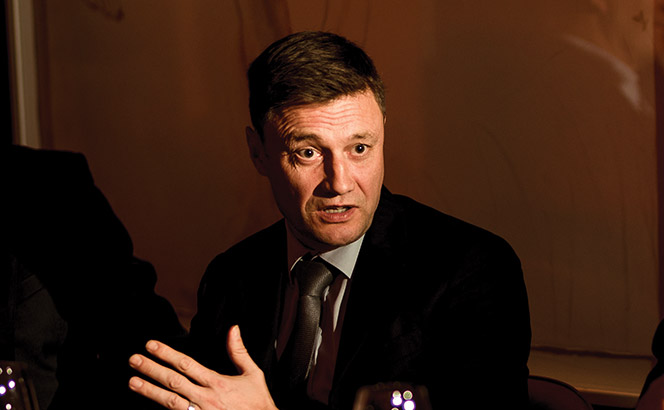The one-upmanship and tactical disclosures from law firms are gradually revealing more about entrenched gender pay gaps. Next up, Eversheds Sutherland has reported that its female equity partners are paid 10% more on average, while top 50 UK firm HFW has provided breakdowns for its entire workforce.
Eversheds’ report, published today (28 March), reveals its statutory pay gap for employees is 23% on average, rising to 25% on a median basis. The bonus difference is 43% on average, dropping to 31% median.
But the firm also disclosed partner pay figures, as others including Clifford Chance (CC), Pinsent Masons and Norton Rose Fulbright have recently done. These figures show Eversheds’ female equity partners earn 10% more on average, and 8% more on a median basis. The fixed share partner pay difference is 4% more for males on average, and 6% for the median, however. The firm’s partnership is currently 27% female.
Eversheds chief executive Lee Ranson commented: ‘Our numbers, in keeping with most of our peer firms, clearly demonstrate there is work to be done here. As a profession, we must all seek to address the issues that have been thrown in to sharp relief through the gender pay reporting process.’
Earlier this week, Pinsents senior partner Richard Foley called for changes to the gender pay reporting regime ahead of next year, saying there was a perception hardening that lawyers and accountants are trying to duck the issue by not publishing their partner numbers. CC, meanwhile, reported its overall pay disparity which included total partner earnings, including any bonuses or profit share entitlements, revealing a 66% pay gap on a mean basis and 44% on a median basis.
Also publishing breakdowns today was HFW, which cited no differential in average hourly pay for its fee-earners, while its female associates are paid 5% more on average than males. The firm noted, however, that the outwardly strong numbers on female associates were in part a result of having a concentration of highly-paid associates beneath a male-dominated partnership.
The energy and shipping specialist’s statutory pay gap (meaning all staff, not including partners) sees men paid 17% more on an average basis, rising to 31% for the median. Its bonus gap is 41% more for males on average, and 54% on a median basis. Male partners at the firm earn 9% more on average, while the median gap is 28%.
HFW managing partner Marcus Bowman commented: ‘We take our commitments to diversity and inclusion very seriously, so we are very pleased that our report confirms that there is no difference in average pay or access to a bonus for male and female fee-earners at the firm. But we also acknowledge that the results show that we need to work harder to ensure gender diversity across all of our roles, particularly at the most senior levels of the firm. This is a serious challenge facing the entire legal industry and one that we are determined to overcome.’
The flurry of disclosures have been met with an increasing recognition of the difficulty of establishing benchmarks that are both meaningful and provide realistic like-for-like comparisons. Growing numbers are calling for the industry to come together to agree some common approaches. It would certainly help the ranks of innumerate legal hacks.















